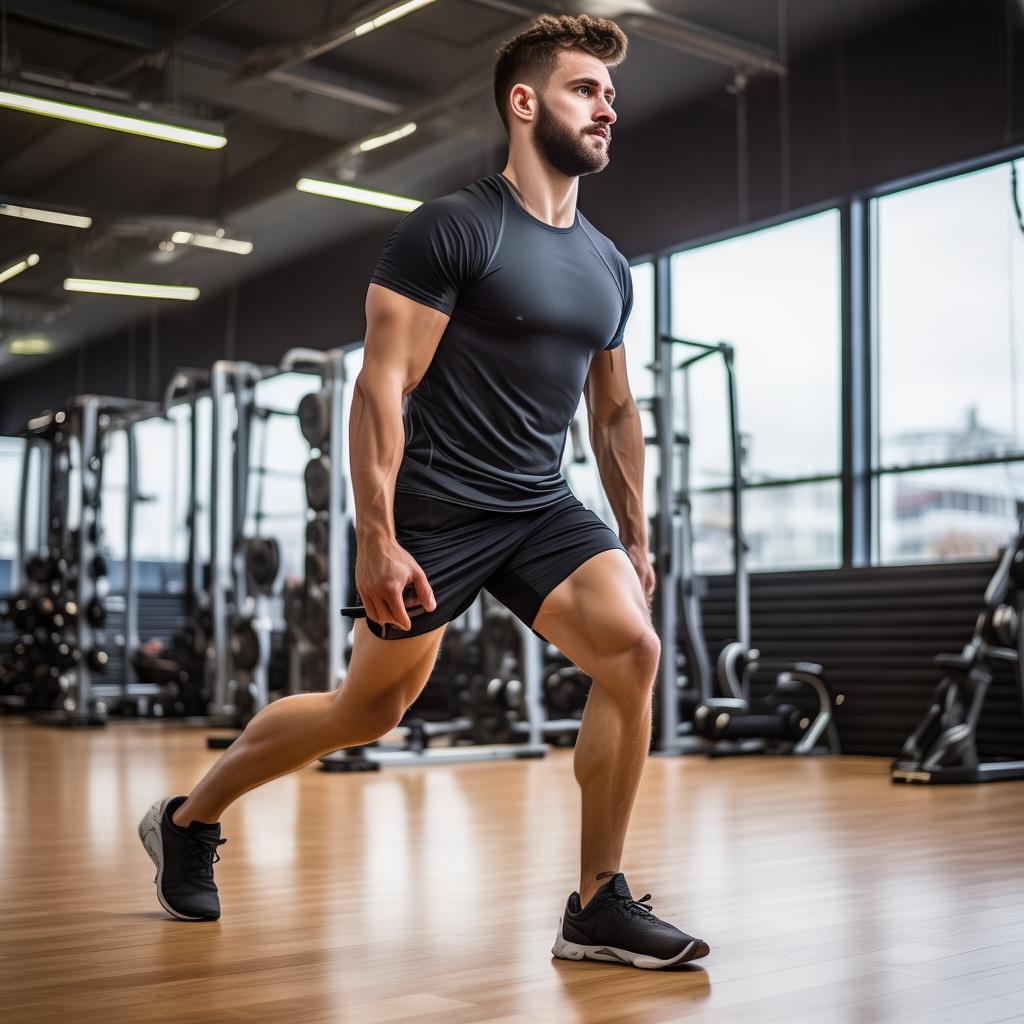The Benefits of Dumbbell Lunge Walking
Dumbbells are common training tools in daily – life, and they can be used in various ways. Among the training movements, there are many that involve dumbbells, like the dumbbell lunge. The dumbbell lunge walk combines the use of dumbbells with the lunge – walking movement, and it offers numerous benefits. So, what exactly are these benefits?
1. Strengthen the balance: Firstly, this movement features the staggering of our legs. During the execution, the improvement of our balance is quite noticeable, especially when bearing weight, which makes the strength training effect more prominent. Regularly performing this action requires us to coordinate both legs to complete the movement, effectively making our center of gravity more stable.
2. Avoid pressure on the spine: In this action, we place our hands on both sides of our body, and the upper body doesn’t need to move much. It mainly relies on our hands and legs to ensure the proper execution of the movement. As a result, there is not much pressure on our spine, effectively preventing spinal injuries caused by pressure.
3. Strengthen the core muscles: Although this action is relatively simple, its exercise effect is remarkable. It can effectively strengthen our core muscles. During the movement, our legs need to exert force to ensure the standard execution of the action, thus effectively training our leg strength and muscles. Moreover, our hands also participate in the exercise, which has a good effect on muscle stretching.
4. Improve the hip muscles: During the exercise, due to the staggering of our legs, our hips are in a stretched state. This allows our hips to get a good workout. Regular exercise can effectively improve the shape of our hips and make them firmer and more toned.
The Standard Action of Dumbbell Lunge Walking
1. Starting position: Stand upright with your feet shoulder – width apart, hold a dumbbell in each hand, let your arms hang naturally on both sides of your body, and have your palms facing each other.
2. Lunging down: Take a big step forward with one leg, then bend the knee and squat down until the knee of the back leg is close to the ground. Be careful to keep your upper body straight throughout the squatting process and don’t let the knee of the front leg go beyond your toes.
3. Repeating the movement: Use the heel of the front foot to lift your body up, while the back foot steps forward and repeat the previous movement. Alternate legs until you reach the recommended number of repetitions.





